
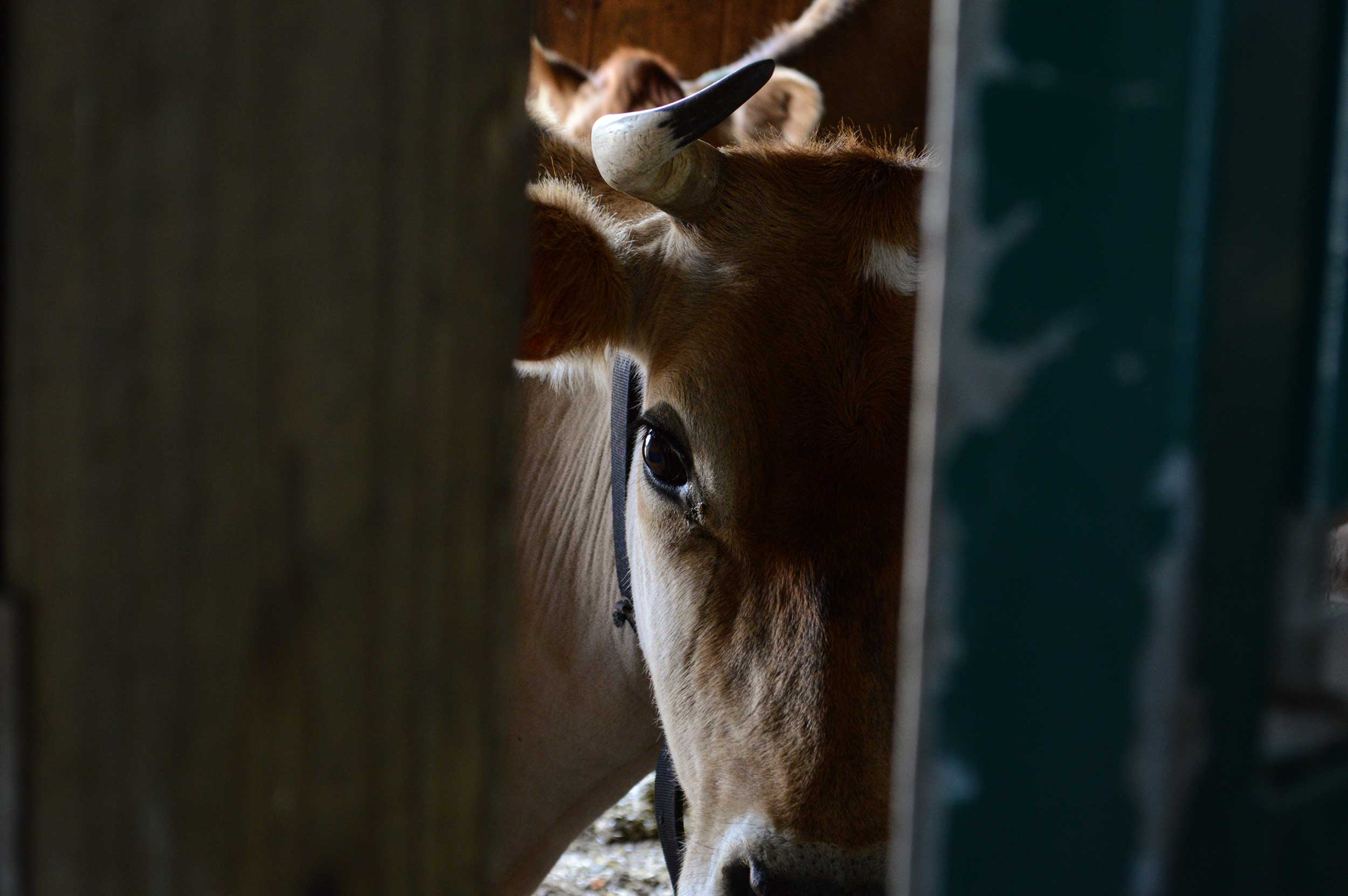
It’s 3am. Most of us are sound asleep, but Dale Miller, of Miller Family Farm in Nunica, Mich., is crawling out of bed and heading to the barn. By the time he’s gathered and washed his equipment, five purebred Jersey cows pace outside the barn door—waiting just for him.
Tiny pushes through the open gate—always first. As the only one with horns, she’s convinced she’s the boss. She steps onto the milking platform ready for her specially-prepared feed. Once her udder is brushed, examined, and scrubbed, and her teats dosed with iodine, she’s ready for the pulsator (milking machine). Within ten minutes, Tiny has released about four gallons of milk. The Jerseys won't do that for just anyone, which is part of the reason Dale's wife, Gabrielle, calls him "The Cow Whisperer."
“He has a way with cows,” Gabrielle said. “He won't say he does, but yes, there's a difference.”
After Tiny, come the rest of the Jerseys: Bessie, Moonshine, Coffee, and Carol Sue.
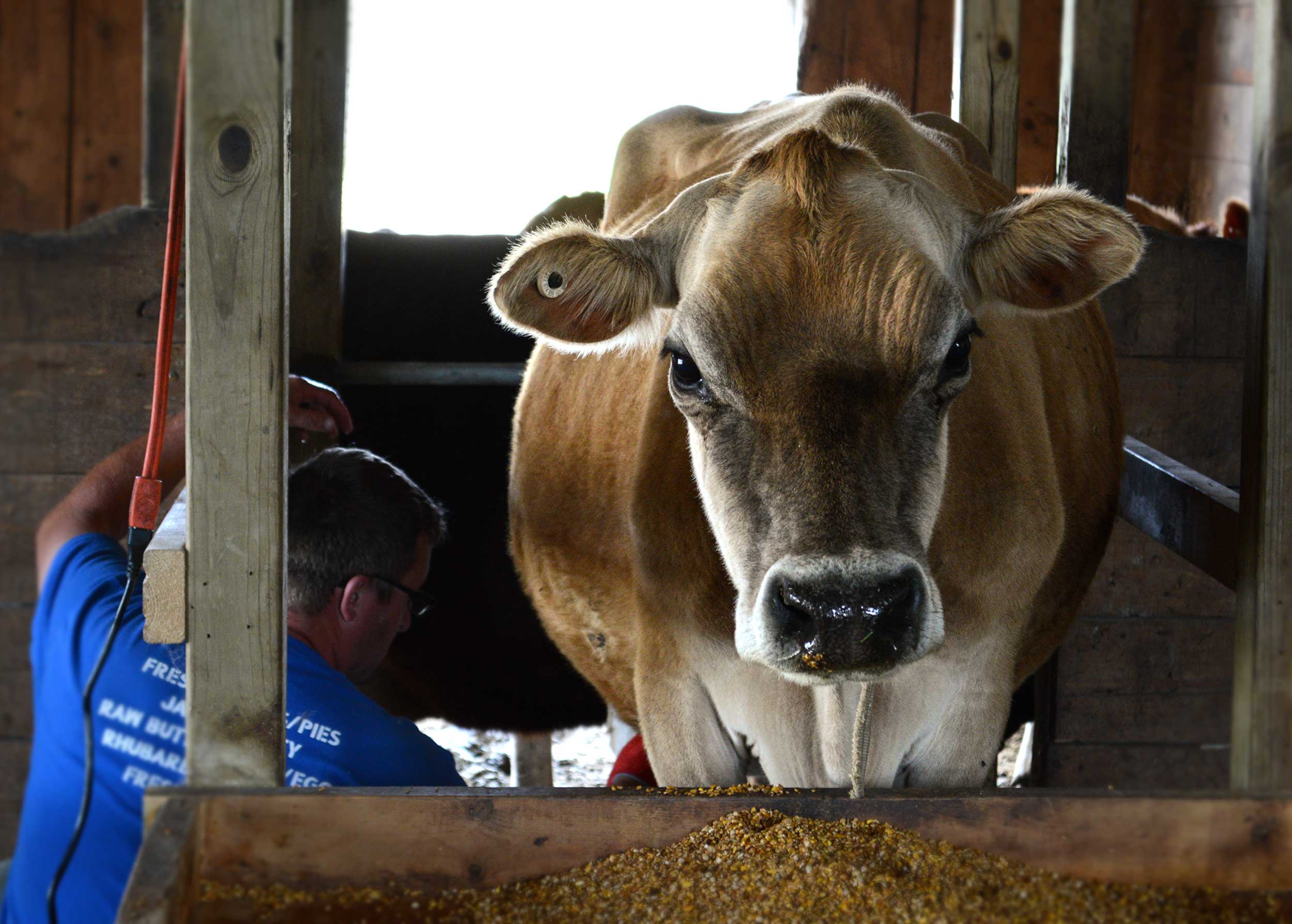
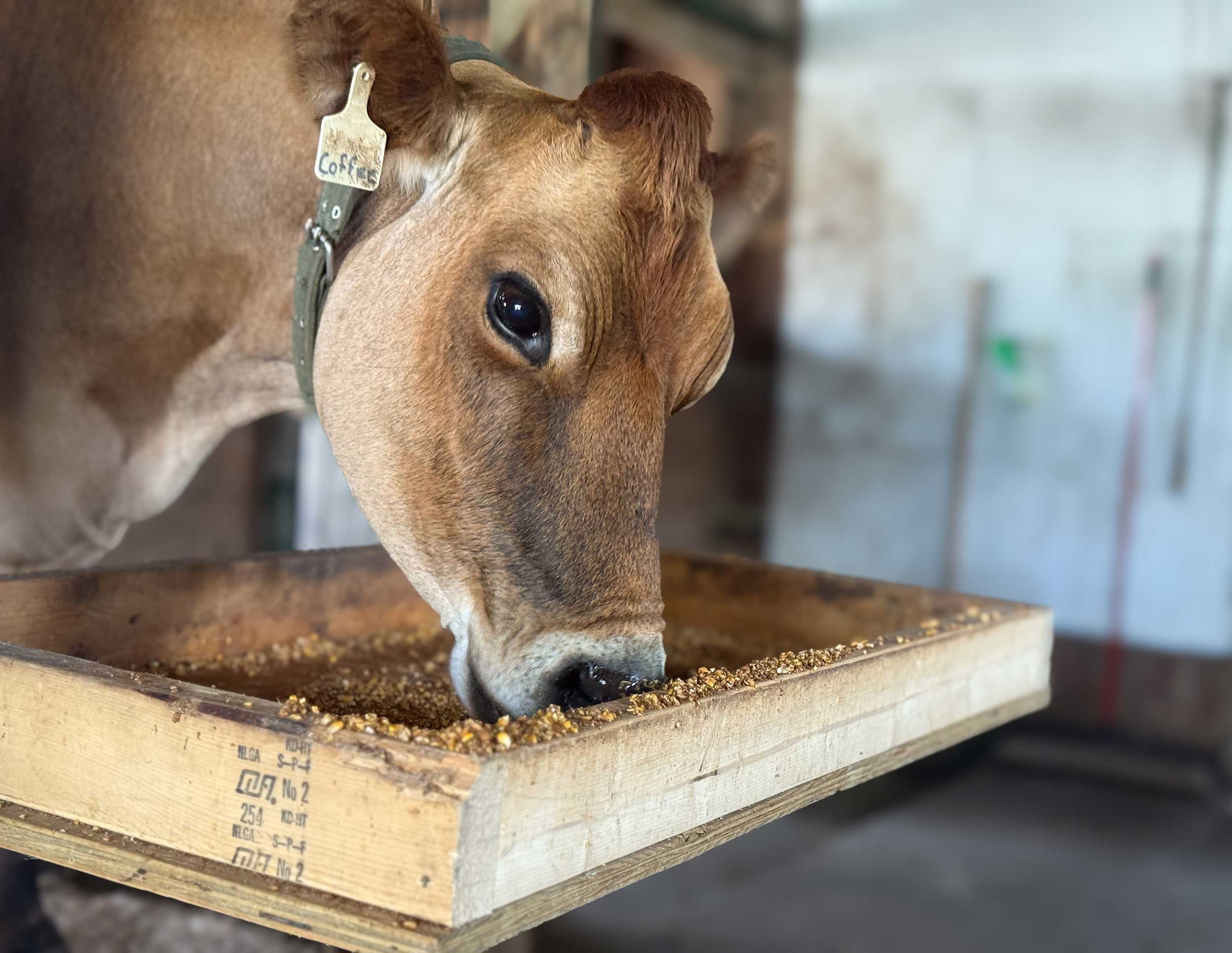
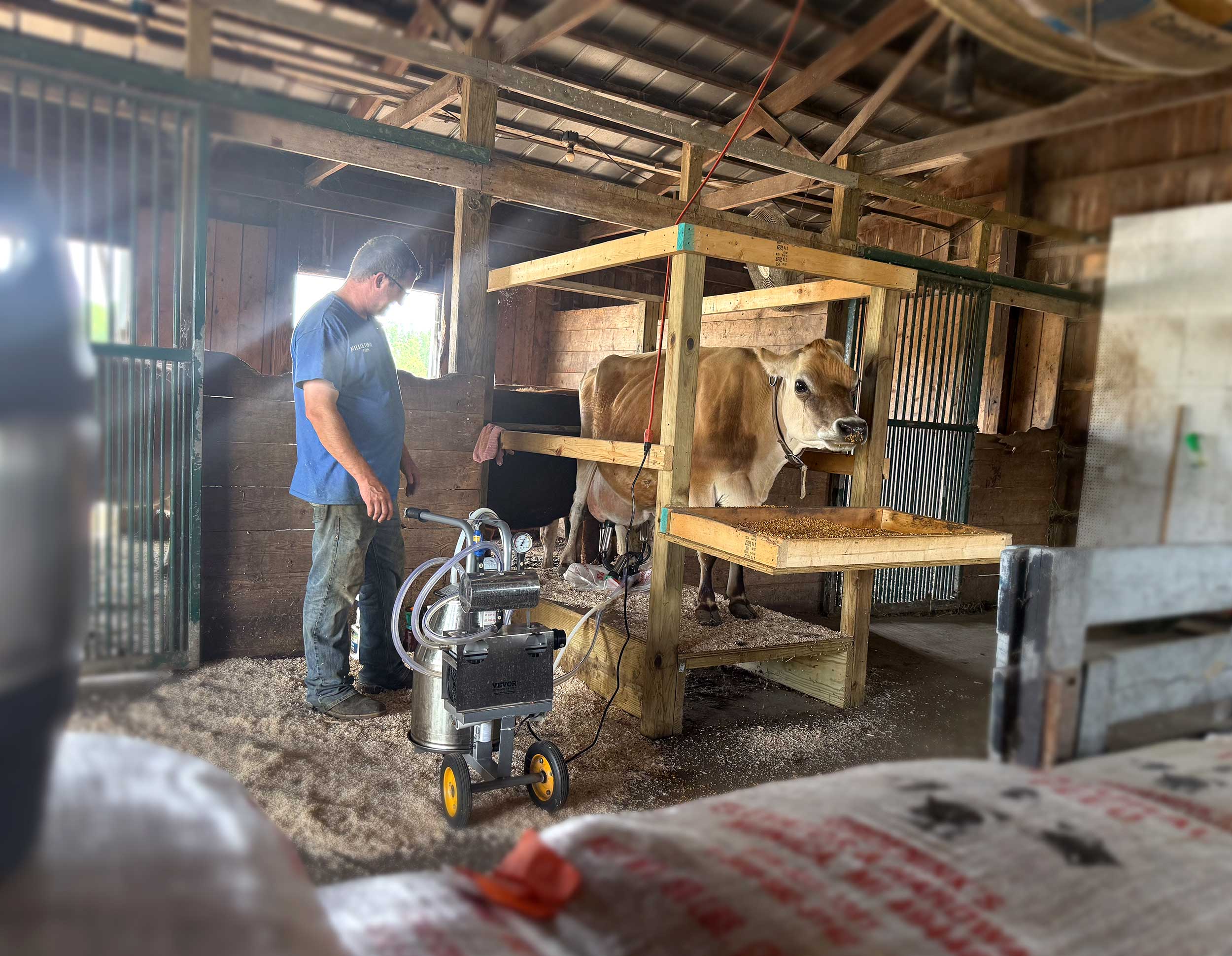
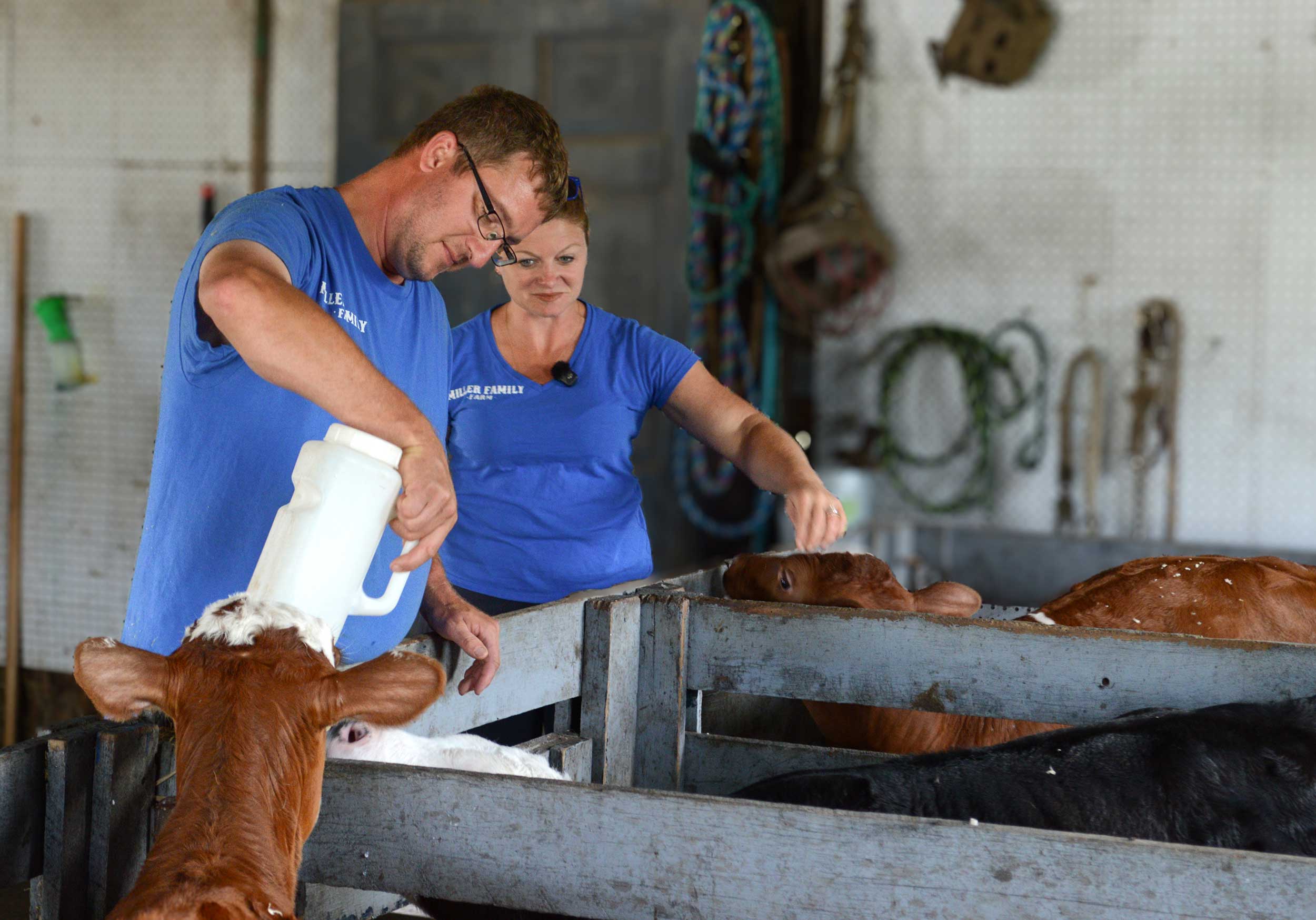
Once Gabrielle filters, bottles, and refrigerates the milk, she and Dale are off to their day jobs. When evening comes, so does another round of milking and more farm chores. Between working the farm and raising their two kids, the Millers are often up late. And then at 3am, it all starts again.
What drives them to do all that for their family and customers?
Is there really a difference between real milk fresh from the cow (also called “raw milk”) and the carton you buy at the store? See for yourself.
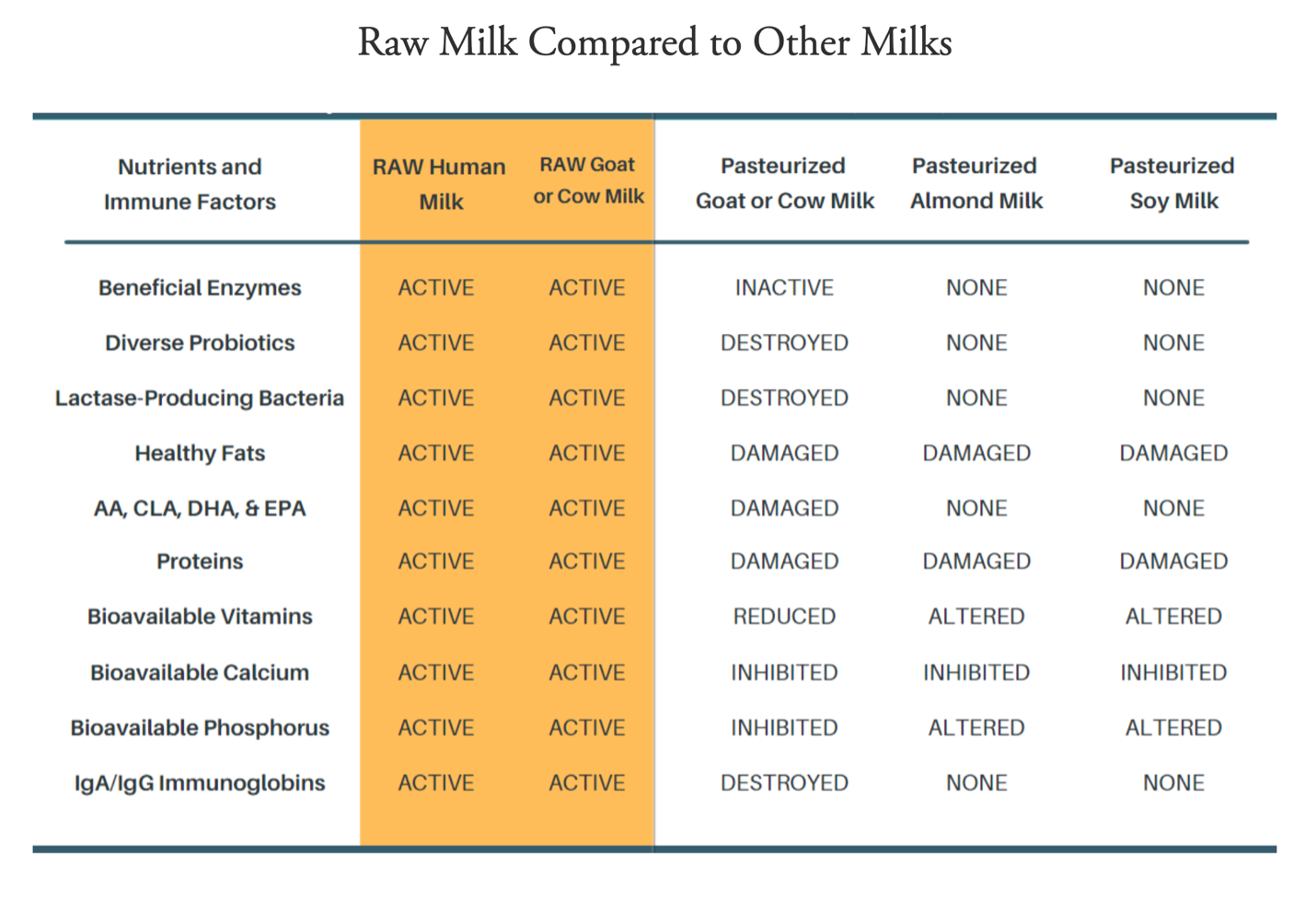
OK, but weren't we taught that milk not pasteurized is dangerous?
Pasteurization is not the hero it's been made out to be. Before pasteurization was invented, people consumed fresh milk from cows on a grass-fed diet for thousands of years. When industrialization entered the picture, people and cows moved to the cities. Cows were brought into unsanitary conditions and often fed swill, a byproduct from liquor distilleries. Cows became sick, which made people drinking the milk sick, and thousands died.
Instead of looking at the care and feed of the cows to fix the problem, pasteurization was presented as a necessity to preventing illness. From there, laws against raw milk sales were introduced and pasteurization became a requirement—not just for milk from sickly city cows but for all milk from all cows. The unfortunate trade-off was that pasteurization alters or takes away the many benefits of milk from healthy cows, including helpful enzymes and good bacteria.
Also, pasteurization causes many people to become allergic to dairy products.
As the Millers will tell you, real milk has probiotics and prebiotics, which are live bacteria for your gut health. When milk is pasteurized, and ultra-pasteurized, you've killed everything that's essential.
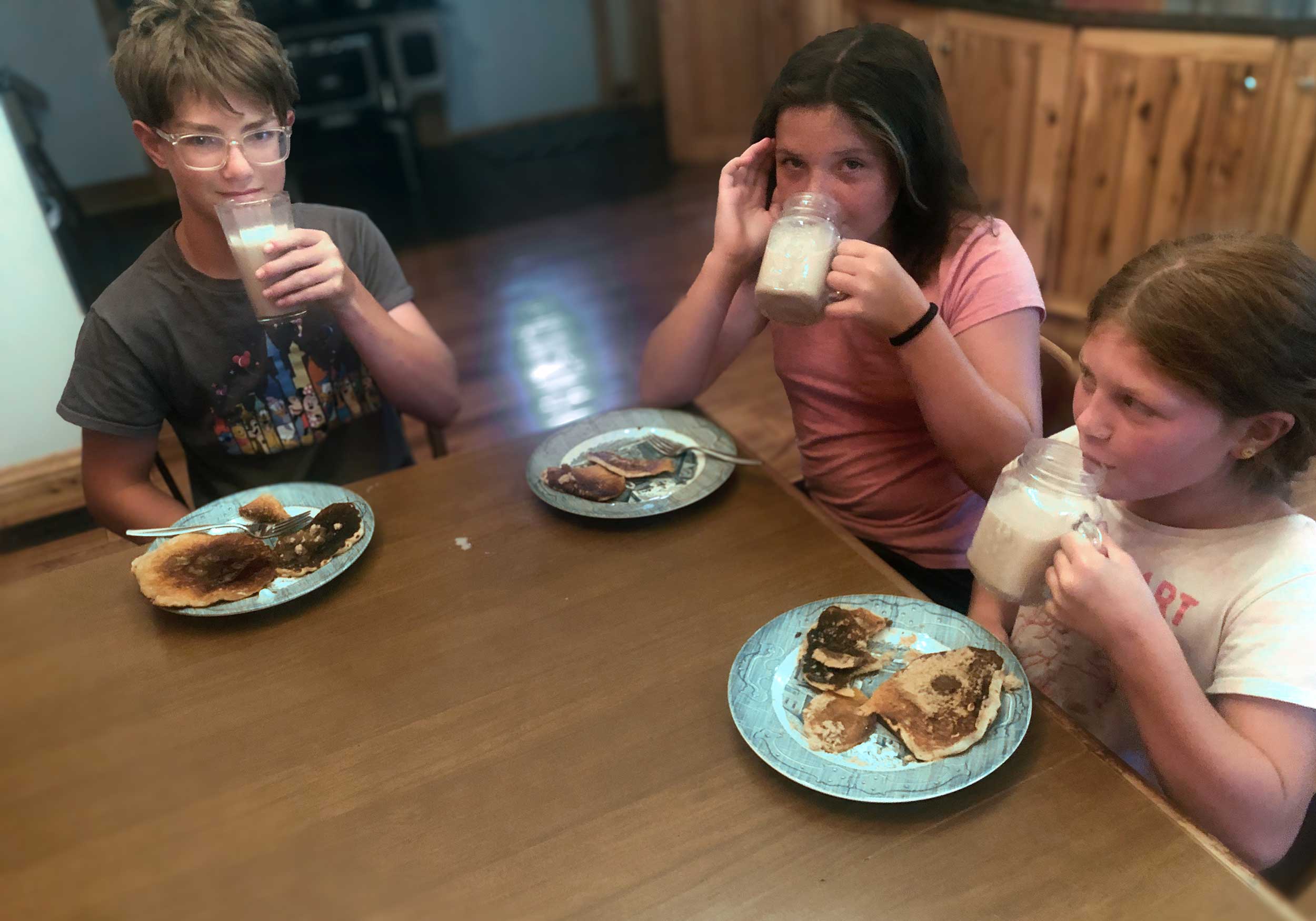
“Not to knock Fairlife, because that's what my kids drank before we did real milk,” Gabrielle said. “But Fairlife's motto is ultra, ultra pasteurized. Somebody asked me, ‘Do you know who owns Fairlife?’ Coca-Cola. ‘So do you really think they're worried about what's healthy…?’” She added that drinking milk that's been pasteurized and then had synthetic proteins, vitamins, and minerals added back in is like adding protein powders to your diet.
“Go eat your steak, drink your milk, eat the products that God created to sustain the body rather than eating all these synthetics,” Gabrielle said. “We wouldn't have near the health problems that we do.”
And then there’s homogenization, which mixes in the cream that otherwise would naturally separate to the top of the milk. Gabrielle wondered why it is we can no longer just shake our milk, especially since homogenization is one of the leading causes of heart disease. And to those who think they should drink lowfat milk, she would explain that removing the cream isn't necessary. Cream is a healthy fat that our bodies need.
Hope for the lactose intolerant?
Gabrielle said that she’s highly lactose intolerant. She loves a good, hot blondie from Seven Brew or a treat from Norm’s Ice Cream, but the dairy affects her.
However, she can have as much of the real milk, yogurt, ice cream, and heavy cream in her coffee that she wants and have absolutely no problems. Why is that?
Pasteurization modifies proteins and inactivates enzymes, including lactase which is the enzyme responsible for breaking down lactose into a digestible form. In other words, pasteurization squashes the very thing God put in the milk to help people digest the milk. Real milk is unaltered—as it was created—which is why so many people who drink it report improvement in lactose tolerance.
But how does it taste?
The Miller family describes real milk as richer, creamier, and tastier than pasteurized milk. Dale tends to drink about a half a gallon each day and is convinced it's the reason he's so healthy. When Gabrielle and the kids go on road trips, they bring the milk with them. (Needless to say, Dale doesn’t take trips unless they’re short enough to do between milkings.)
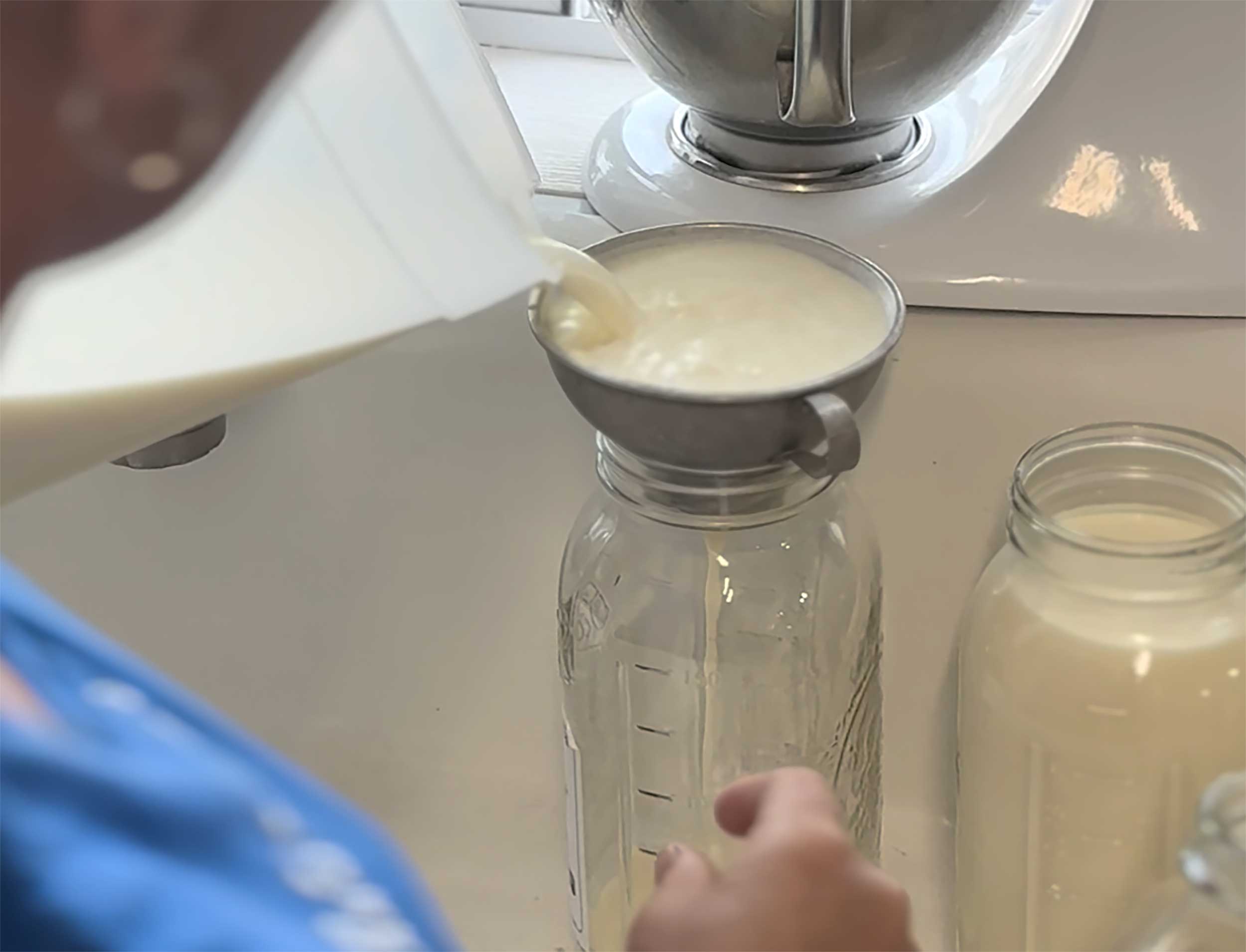
What if you're not the cow-owning type but want all the taste and benefits?
How about leasing part of a cow and letting others, like the Millers, do all the work? That’s called a herd share. You buy into a farm’s herd so that legally you can buy milk from a farmer.
Not every state requires a herd share to buy real milk, but 13 do. Michigan is one of them. And MDARD (Michigan Department of Agriculture and Rural Development) has strict rules. Only real whole milk is allowed to be sold in the herd share. Anything made from the milk—cheese, butter, yogurt, etc.—is deemed illegal to sell because, according to MDARD, it has been "processed," which then requires pasteurization.
Herd share prices range from an annual cost of about $25 to $75, plus a weekly boarding fee (the term used to refer to the milk price) which is typically about $5 for a half gallon.
The Millers advise that those who don't have access to real milk should at least buy non-homogenized milk.
“Most people think that buying the organic milk is going to be better,” Gabrielle said. “However, I'm going to say if it's homogenized, it's still not better—in my opinion.”
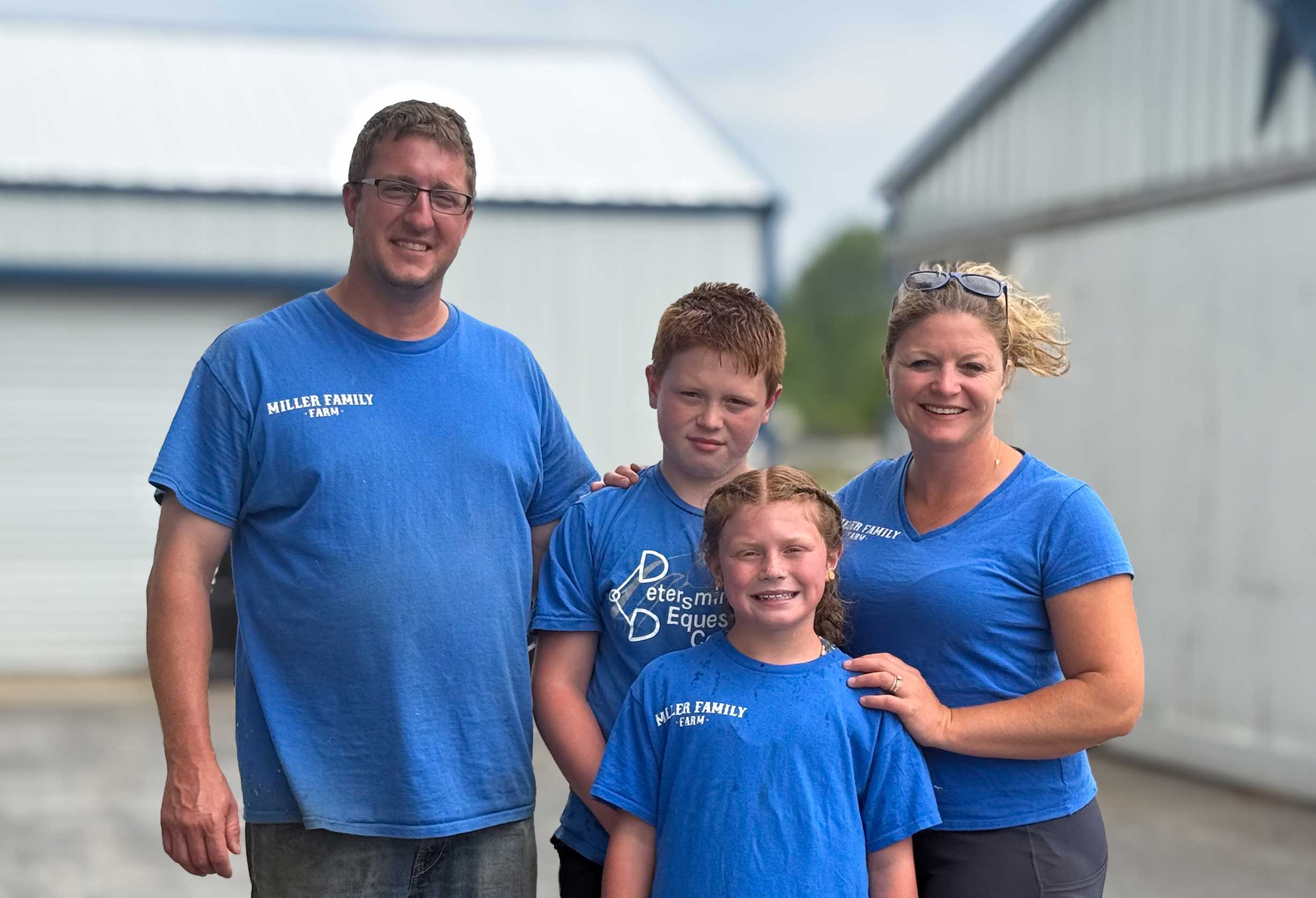
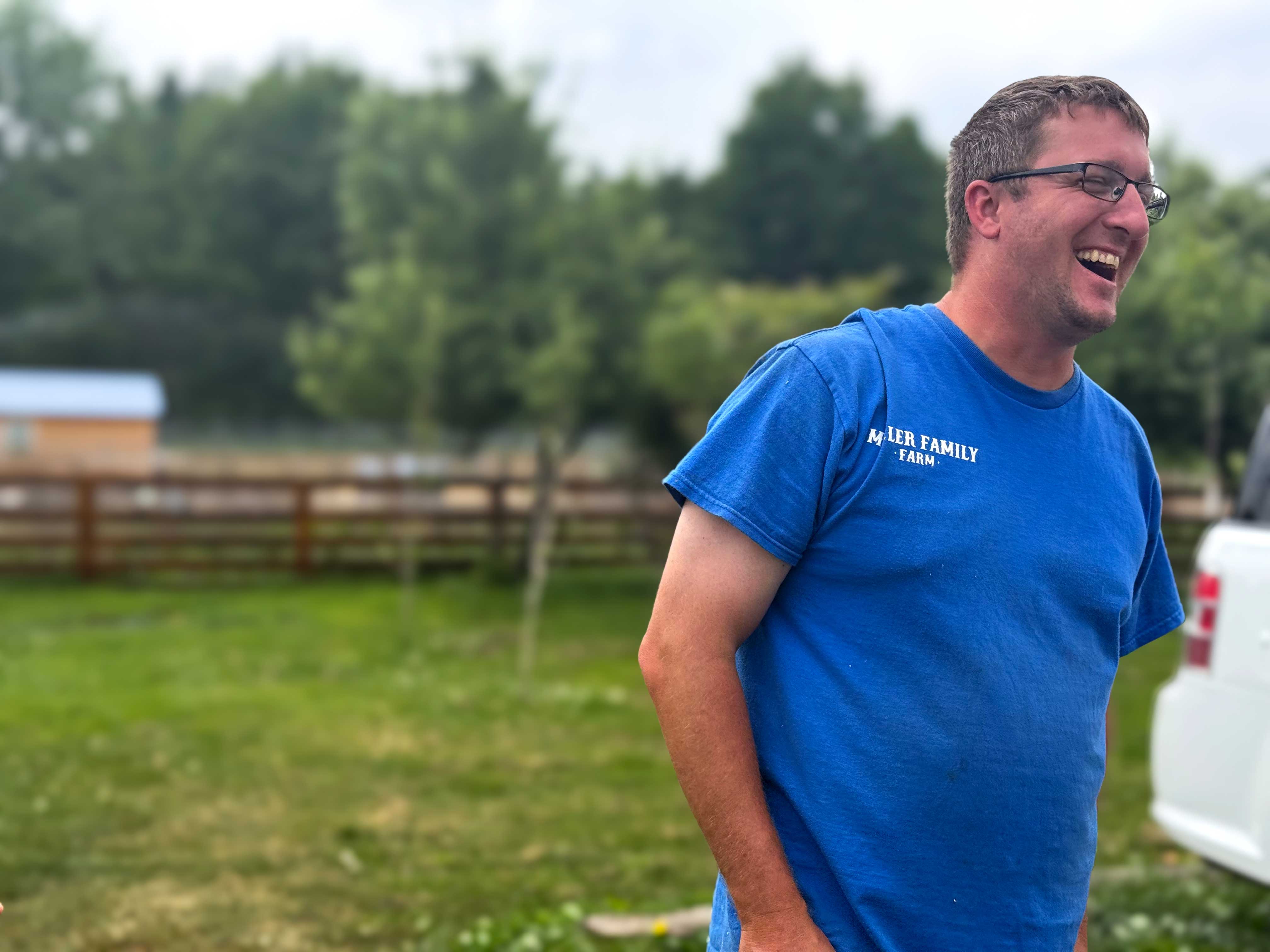
Thank God for farmers
The Millers appreciate knowing exactly what their family is eating and what they're selling to their customers. From eggs and chickens, to pork and lard, to beef and... real milk. Nothing is processed, sprayed, or altered.
“If people realized how much money and time it takes, how you sacrifice for what we do, for the little amount of money we make, most would never do it," Dale said. "There’s so little freedom. You have to want it.” He said it’s rewarding when people tell him things like, “This is the best milk ever,” or “This is the best meat ever. We like the eggs... the duck eggs. What beautiful cows you have…”
When asked what's the most challenging part of farm life, it wasn’t the 3am milkings or the constant barn cleaning, or even the difficulty in getting away. It was losing an animal, big or small. Whenever an animal needs to be put down due to injury or sickness.
“A couple of weeks ago when the big storm came through, animals were getting out..." Gabrielle said, "We lost a bunch of meat birds. And then we lost a set of rabbits. I just said, 'No more animals. Why are we doing this?' You have those days, and you don't really mean it, but yeah. And then you go buy more cows.”
Note from the journalist
There are choices when it comes to feeding our families. I hope you take the time to seek out food as close to the source as you can find. I’m partial to the Miller Family Farm, where the cows are thoughtfully cared for by farmers who truly appreciate what God has provided. For me, real milk from the Miller Family Farm is the equivalent of my grandma’s noodles. A lot of hard work, time, and experience go into both, and the secret ingredient is the love.

Krista Yetzke is a native of Ottawa County. A jeep-driving, guitar-playing wife, mom, and everyday adventurer, Krista was raised on the love of Jesus, the great outdoors, the arts, the value of frugality, and the beauty of food as medicine.